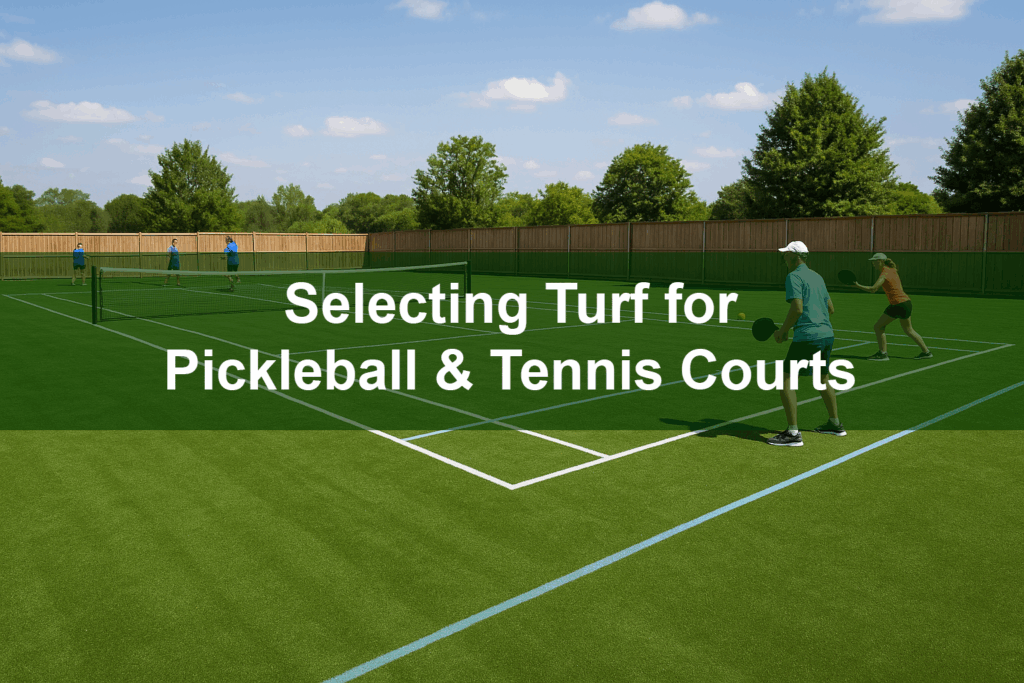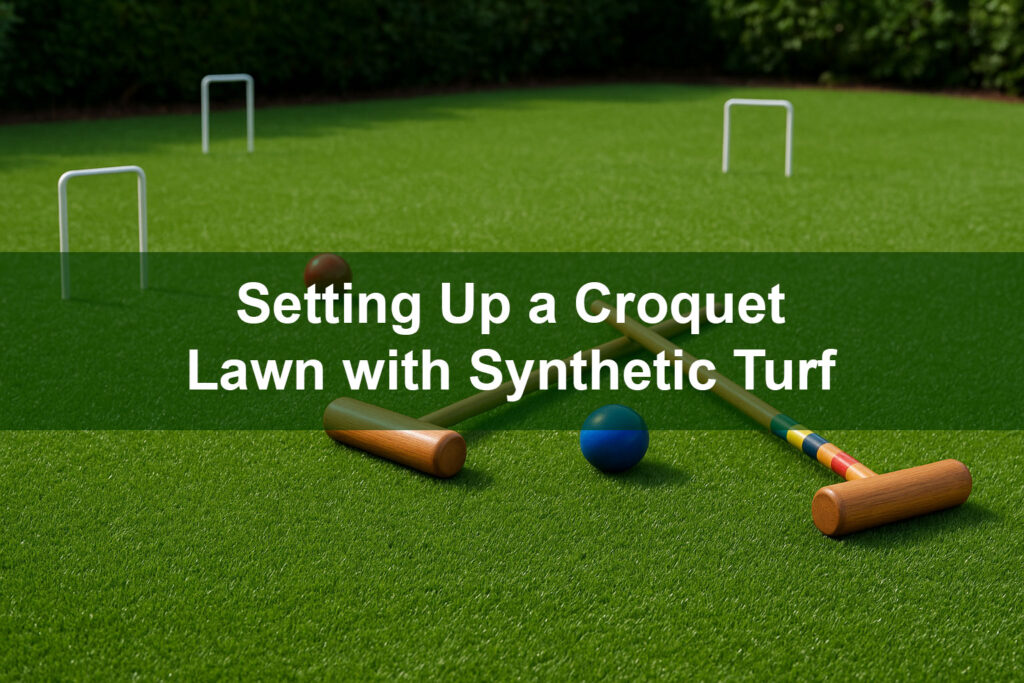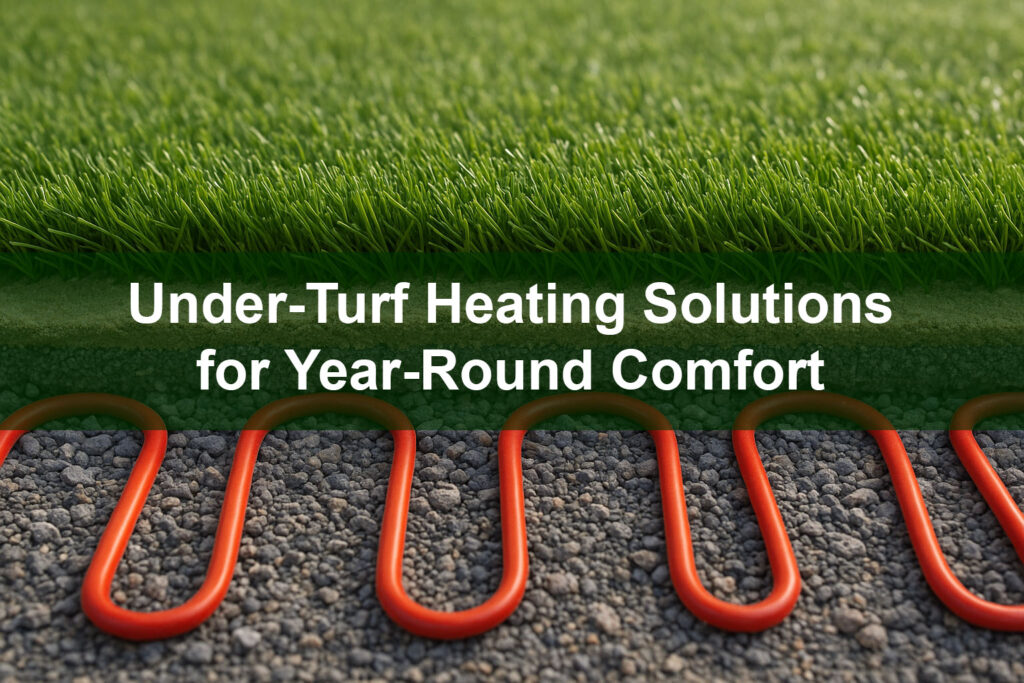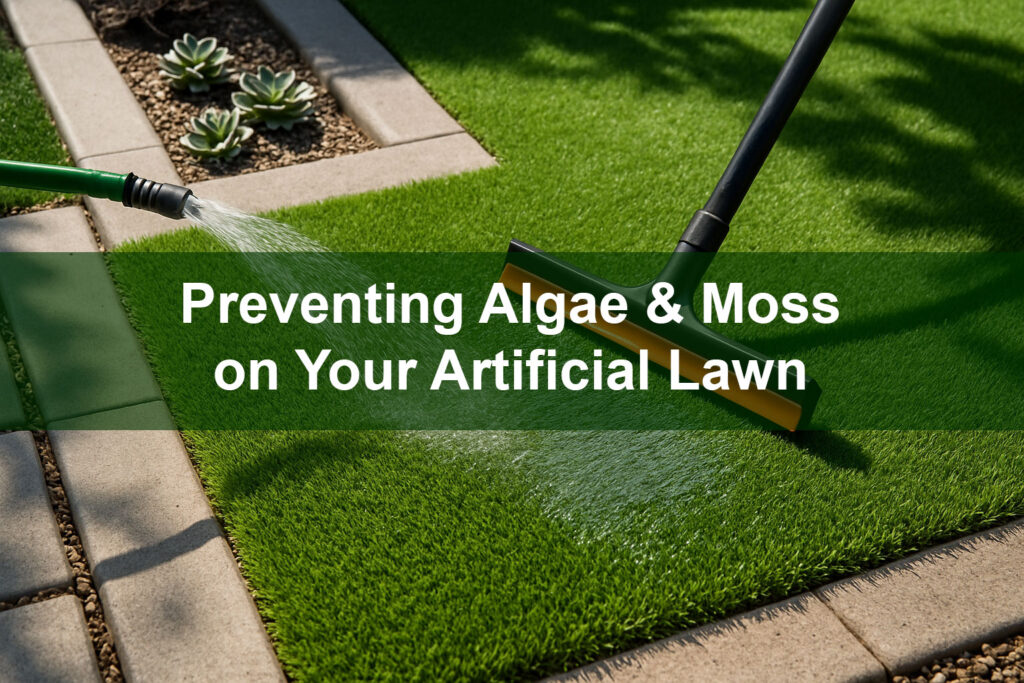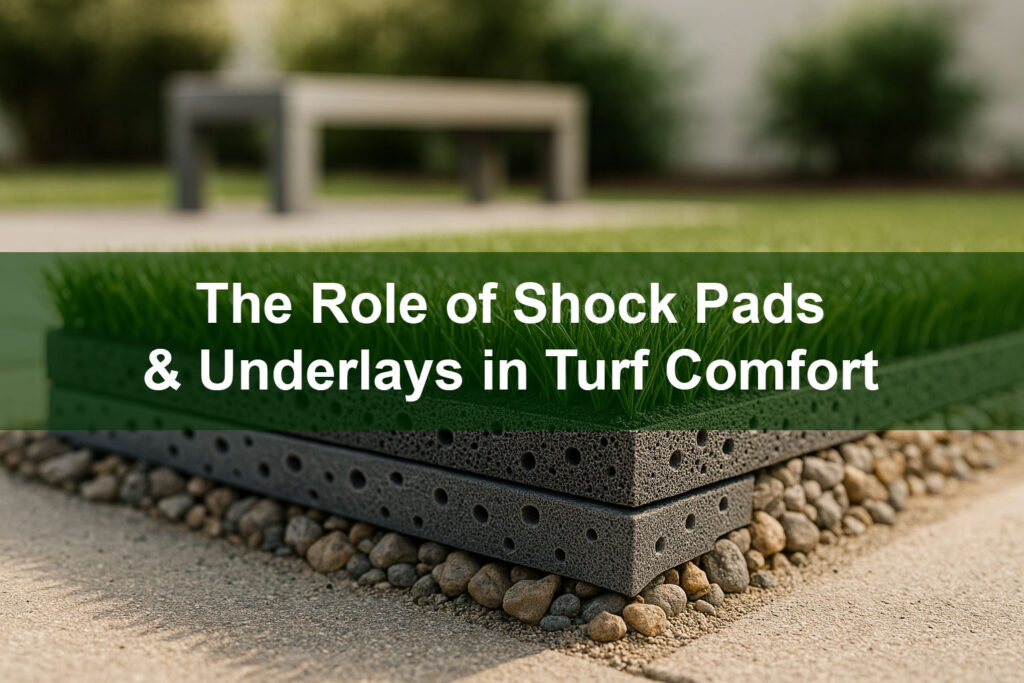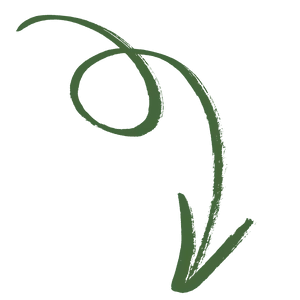Pickleball and tennis are two of the fastest-growing recreational sports in the United States, and both require specialized playing surfaces to ensure safety, performance, and long-term durability. While many courts are made from asphalt or concrete, more players and facility managers are turning to synthetic turf as a versatile alternative. Artificial grass designed for sports can create a cushioned, low-maintenance surface that supports consistent play and reduces strain on athletes. In this guide, we’ll explore how to choose the right turf for pickleball and tennis courts.
What You’ll Learn
- Key differences between pickleball and tennis surfaces
- Why artificial turf is a strong option for multi-sport courts
- Important turf features for athletic performance
- How pile height, density, and infill affect play
- Installation methods for sports-ready courts
- Maintenance tips to extend turf lifespan
- Cost considerations vs. traditional court materials
- Examples of successful turf courts for both sports
1. Pickleball vs. Tennis: Surface Demands
Tennis requires a surface that balances speed, ball bounce, and player footing. Pickleball, played with a lighter ball and paddle, needs a consistent bounce and traction but typically tolerates slower surface speeds. Both sports benefit from shock absorption, especially for players’ knees, hips, and ankles. Turf provides flexibility, as different infills and pile heights can be customized to meet each sport’s needs.
2. Why Artificial Turf for Sports Courts?
Artificial turf provides a cushioned, non-slip surface that reduces joint strain, lowers the risk of injury, and performs well year-round. It drains quickly after rain, eliminating downtime, and requires minimal maintenance compared to resurfacing asphalt or clay courts. For multi-use facilities, turf can host both tennis and pickleball on the same surface, maximizing space and value.
3. Turf Features That Impact Performance
When selecting turf for courts, consider these performance factors:
- Durability: Fibers should be UV-stabilized and designed for heavy foot traffic.
- Traction: Players need grip without excessive friction.
- Shock absorption: Reduces stress on joints during play.
- Ball response: Consistent bounce is critical for both pickleball and tennis.
4. Pile Height, Density, and Infill
The characteristics of the turf itself dictate how the surface performs:
- Pile height: Shorter pile (10–20mm) ensures faster play and consistent ball bounce.
- Density: High-density turf creates a smoother surface, reducing irregular bounces.
- Infill: Sand or coated infill stabilizes the turf and affects speed and traction. More sand infill often leads to a firmer, faster surface.
5. Installation for Sports Courts
Proper installation is crucial. A compacted aggregate base provides stability and drainage. Shock pads can be added for extra cushioning. Turf seams should be tightly joined, and line markings can be inlaid into the turf or painted on top with specialized coatings. For multi-use courts, permanent or temporary nets can be installed to switch between pickleball and tennis.
6. Maintenance Tips
Turf courts require less maintenance than traditional hard or clay courts, but upkeep is still important. Regular brushing keeps fibers upright and infill evenly distributed. Debris should be cleared promptly, and periodic inspections ensure seams and lines remain intact. Unlike asphalt, turf does not crack, and unlike clay, it does not require daily rolling or watering.
7. Cost Considerations
The initial installation cost of turf may be higher than resurfacing an asphalt court, but the long-term savings are significant. Reduced maintenance, water savings, and extended lifespan make turf a cost-effective choice for many facilities. UV-resistant turf can last 8–12 years with proper care, outlasting many other surfaces.
8. Case Studies: Turf Courts in Action
Recreational centers in Florida and Arizona have successfully installed artificial turf courts that accommodate both tennis and pickleball. Players reported improved comfort and reduced joint pain compared to hard courts, while facility managers highlighted reduced upkeep costs. Internationally, turf courts are common for multi-sport facilities due to their durability and versatility.
Conclusion
Artificial turf offers a modern, versatile solution for pickleball and tennis courts. With customizable pile heights, infill, and installation methods, it provides the consistency and comfort athletes demand. Whether for private homes, schools, or community centers, selecting UV-resistant, sports-grade turf ensures a long-lasting surface that supports fun, competitive play year after year.
Thinking about turf courts? Contact Buy-Grass.com for expert guidance on designing pickleball and tennis courts with premium synthetic turf.

